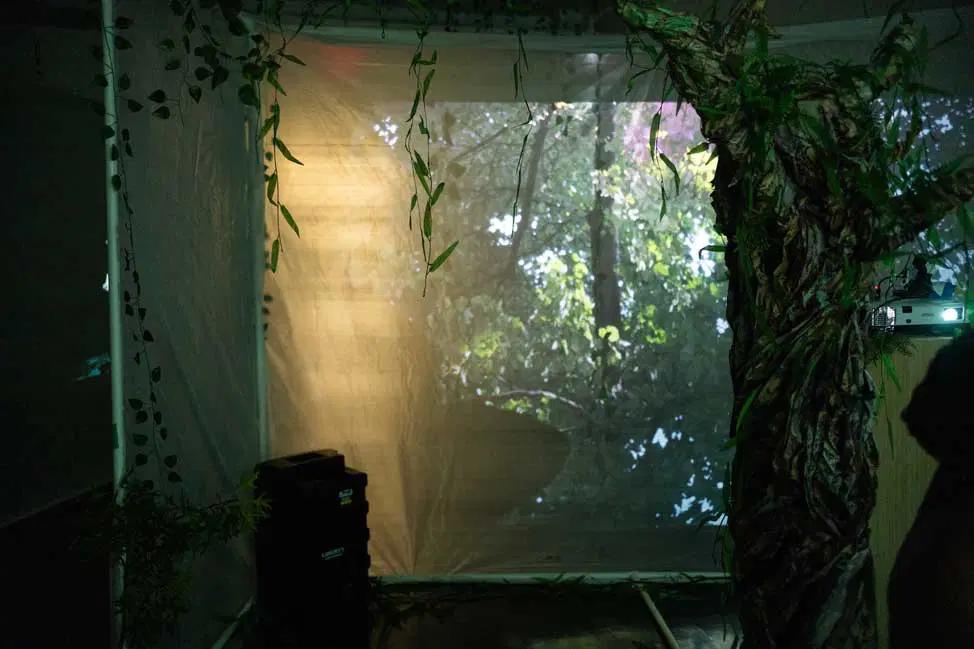
A clean slate: Group art exhibition opens at The Anderson Gallery
Tabula rasa translates from Latin to “an absence of preconceived ideas or predetermined goals; a clean slate.”
Fourteen VCUarts students presented “Tabula Rasa,” their interpretation of this Latin phrase through film, performance art and sculpture. Chynia Harris, Lareina Allred and Teairrah Green led the project after receiving a VCUarts Collaborative Research Grant during the fall of 2022, according to Allred and Harris. The exhibition opened on Sept. 1 at...
